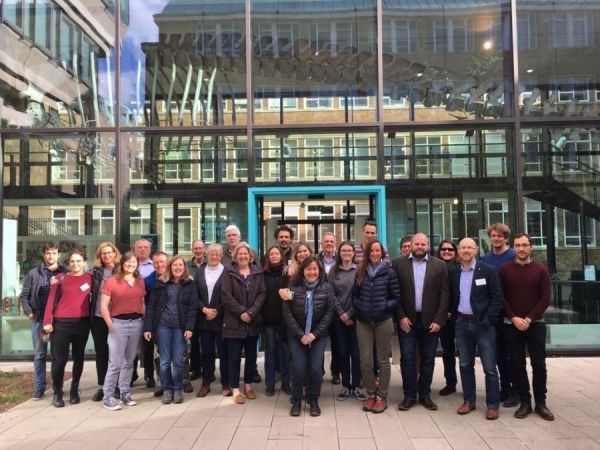Invasive species are non-native ones that are introduced into a new habitat and are able to adapt to it, displacing indigenous species or causing them to go extinct. This threat is increased by the fact that people and things are constantly moving all over the world, and this is one of the main causes of biodiversity worldwide. Though it is uninhabited, Antarctica is not free from this problem. Due to scientific activity and growing tourism in Antarctica, especially on the Antarctic Peninsula, there is a high risk of invasive species coming into this habitat and killing off indigenous species in the area.
An international research team, including University of Cordoba researcher Pablo González Moreno, identified 13 invasive species that are the likeliest to threaten biodiversity in the Antarctic. “The species were assessed using three main criteria: their risk of coming to the Antarctic Peninsula, the risk of surviving and reproducing and the risk of causing a negative impact on the biodiversity and ecosystems of the region”, explains González Moreno.
Among them, the most troubling are the Chilean mussel, the Mediterranean mussel, edible seaweed also known as wakame, some kinds of crabs, mites, and some insects, as well as land plants such as Leptinella scariosa and Leptinella plumose.
Read more at University of Córdoba
Image Credit: University of Córdoba


